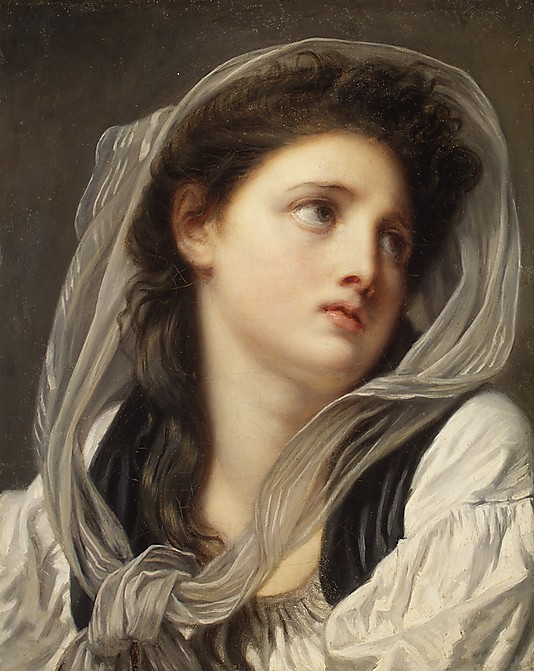 |
| 'Hermine David and Friend' (1914) by Jules Pascin; Private Collection |
I'm reading Ernest Hemingway's 'A Moveable Feast' at the moment and one of the chapters is called 'With Pascin at the Dôme'. Hemingway was a good friend of Jules Pascin and describes his encounter with Pascin in cafe the Dôme in his book. So when I read that Jules Pascin was born on 31 March 1885 (in Bulgaria), I knew I had found my painter for today's post. Pascin studied painting in Vienna, Munich and Berlin. In 1905, he moved to Paris where he became a member of a circle of artists that frequented the cafe the Dôme and the studios of Montparnasse. He was a central figure of the School of Paris (École de Paris). At the outbreak of World War I, he went to the United States and became a US citizen. He suffered from depression and struggled with alcoholism. At the age of 45, being severely depressed, he committed suicide by slitting his wrists and hanging himself in his studio in Montmartre. He is renowned for his sensitive studies of women and combines Expressionism and Cubism in his art. I think he is in the same league as Modigliani who also was his friend. I really like the painting shown here. It looks like a drawing but it is oil on canvas.








+Miller+(1875%E2%80%931943)..jpg)







+Girl+with+a+Mandoline.jpg)












